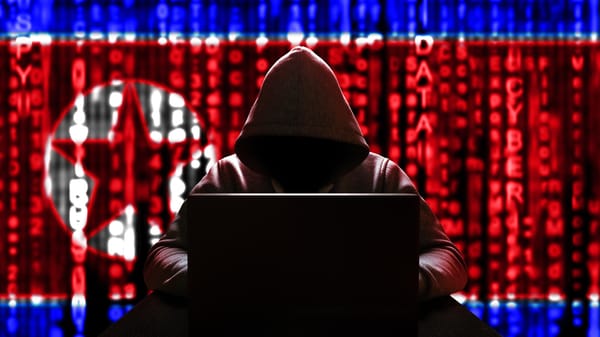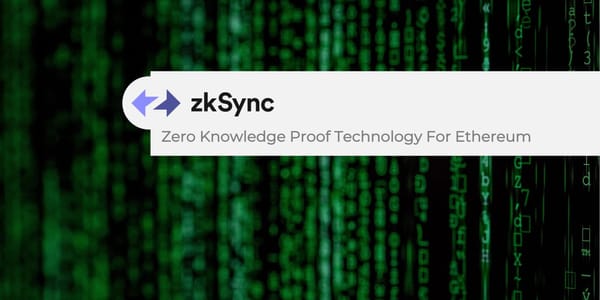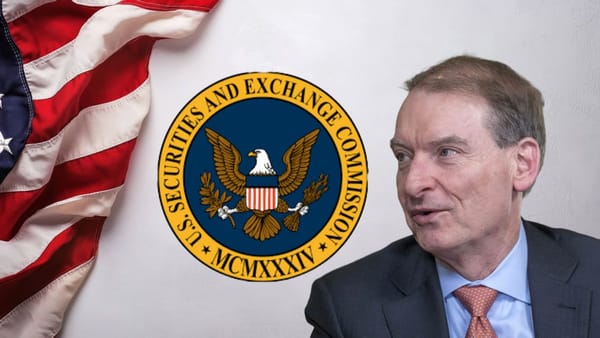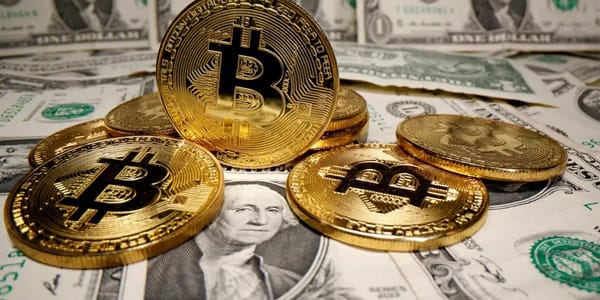Decentraland: Exploring the Metaverse Game Project Allowing Creation of Virtual Worlds
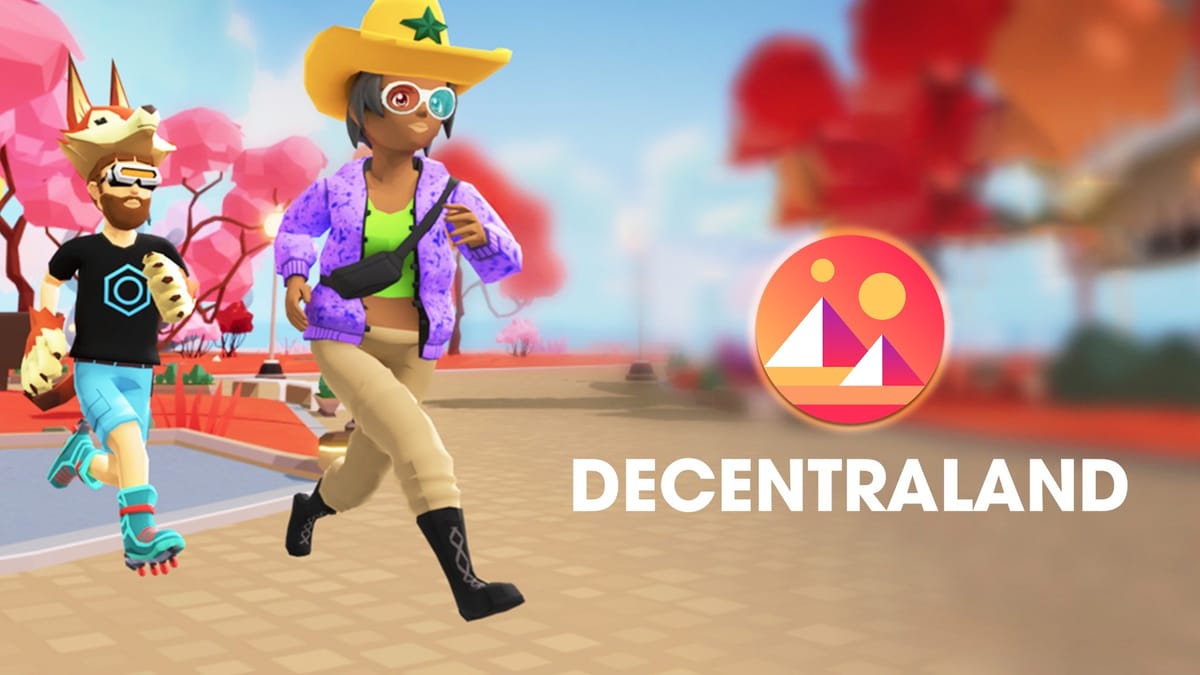
For those involved in the cryptocurrency market since 2017, Decentraland (MANA) is a familiar name. It stands as one of the oldest blockchain games, ranking consistently in the top 10 by NFT market capitalization.
The MANA token reached a peak of $1.44, a staggering 144-fold increase since its 2017 exchange listing debut.
So, what exactly is Decentraland? How can one acquire MANA tokens? This article delves into these questions to provide an in-depth analysis of the project.
Introduction to Decentraland (MANA)
Decentraland (MANA) is a Metaverse game developed on the Ethereum blockchain. Users can create content and profit directly from their applications. It represents the first truly decentralized virtual platform built on blockchain technology, owned by its users.
With MANA, users can purchase LAND, where each plot of LAND is a distinct NFT. Once owned, players are free to build whatever they desire on their plots—be it stores, businesses, swimming pools—and can generate profits from these virtual properties.
Key Features of Decentraland
The primary distinction of Decentraland (MANA) from current VR platforms lies in ownership rights. The project's developers advocate for managing and operating the virtual world under open standards, ensuring no single entity can impose its will on the community.
Beyond user ownership, Decentraland empowers users with full control over their owned LAND, allowing them to profit directly from the value their properties generate. Unlike centralized platforms that control and profit from transactions, Decentraland operates without a central authority, ensuring fair user interaction.
Game Mechanics in Decentraland
What is LAND, and how does one purchase it in Decentraland?
LAND in Decentraland refers to parcels of virtual real estate, each represented as an NFT. Anyone can own LAND by purchasing it, gaining the freedom to develop it as they wish, akin to real-world real estate but within a virtual context.
Each LAND has specific coordinates (x, y) and holds perpetual value unless sold to another user. Notably, Decentraland's LAND is intentionally scarce, designed to stimulate demand and enhance user exploration and content creation.
Game Activities
Decentraland's Whitepaper outlines several core activities within the game:
Purchase any desired assets as long as a seller is available.
Design your own landscape.
Shop at stores or malls.
Establish your own business.
Engage in gaming within the world.
Socialize and chat with other users.
Create and program your digital content.
Like most blockchain-based economies, Decentraland offers opportunities to earn money through gameplay. Users can speculate on and invest in LAND, with some parcels holding significant market value.
Roadmap
Decentraland's roadmap is segmented across various historical epochs:
Stone Age (June 2015): Initial phase where 2D grid networks and Bitcoin algorithm were used to create pixel points.
Bronze Age (March 2017): Introduction of 3D parcel models using blockchain and torrent systems.
MANA Contribution Period (August 2017): MANA token's ERC20 launch, facilitating easy interaction with LAND parcels.
Terraform Event (Q4 2017): First opportunity for users to confirm and claim LAND spots during the iron age trial period.
Silicon Age: Aiming for a fully immersive 3D VR world combined with blockchain, culminating in the "Silicon Era" for ultimate user experience.
Potential of Decentraland
Decentraland (MANA) remains a robust player in the NFT Gaming market, benefiting from increasing technological advancements and the societal shift toward online interactions post-Covid-19.
How to Own MANA Tokens
MANA Token Specifications:
Token Name: Decentraland (MANA)
Ticker: MANA
Contract: 0x0f5d2fb29fb7d3cfee444a200298f468908cc942
Blockchain: Ethereum
Token Standard: ERC-20
Total Supply: 2,194,082,225 MANA
Circulating Supply: 2,194,082,225 MANA (Fully Allocated)
MANA Allocation:
40% Crowdsale
20% Decentraland Foundation
20% Team & Early Contributors
20% Community & Partners Development Budget
Continuous Token Model: MANA token has an initial inflation rate of 8% in the first year, tapering off over time.
Token Utility: MANA serves as a key metric for evaluating the value of new LAND parcels, used to purchase goods and services within the virtual world. Users must spend MANA to buy LAND, leading to a reduction in MANA supply.
Buying MANA:
MANA is listed on major exchanges like Binance, Gate.io, Mexc (MXC), and Uniswap. Integration with a cryptocurrency wallet like MetaMask facilitates full interaction with Decentraland.
Conclusion
When it comes to blockchain-based Metaverse gaming projects, Decentraland stands out as a unique endeavor. Interested parties can explore the game firsthand to experience its various activities.
With over five years of development, starting from its humble beginnings, Decentraland remains a stalwart among cryptocurrency projects in terms of longevity and innovation.
